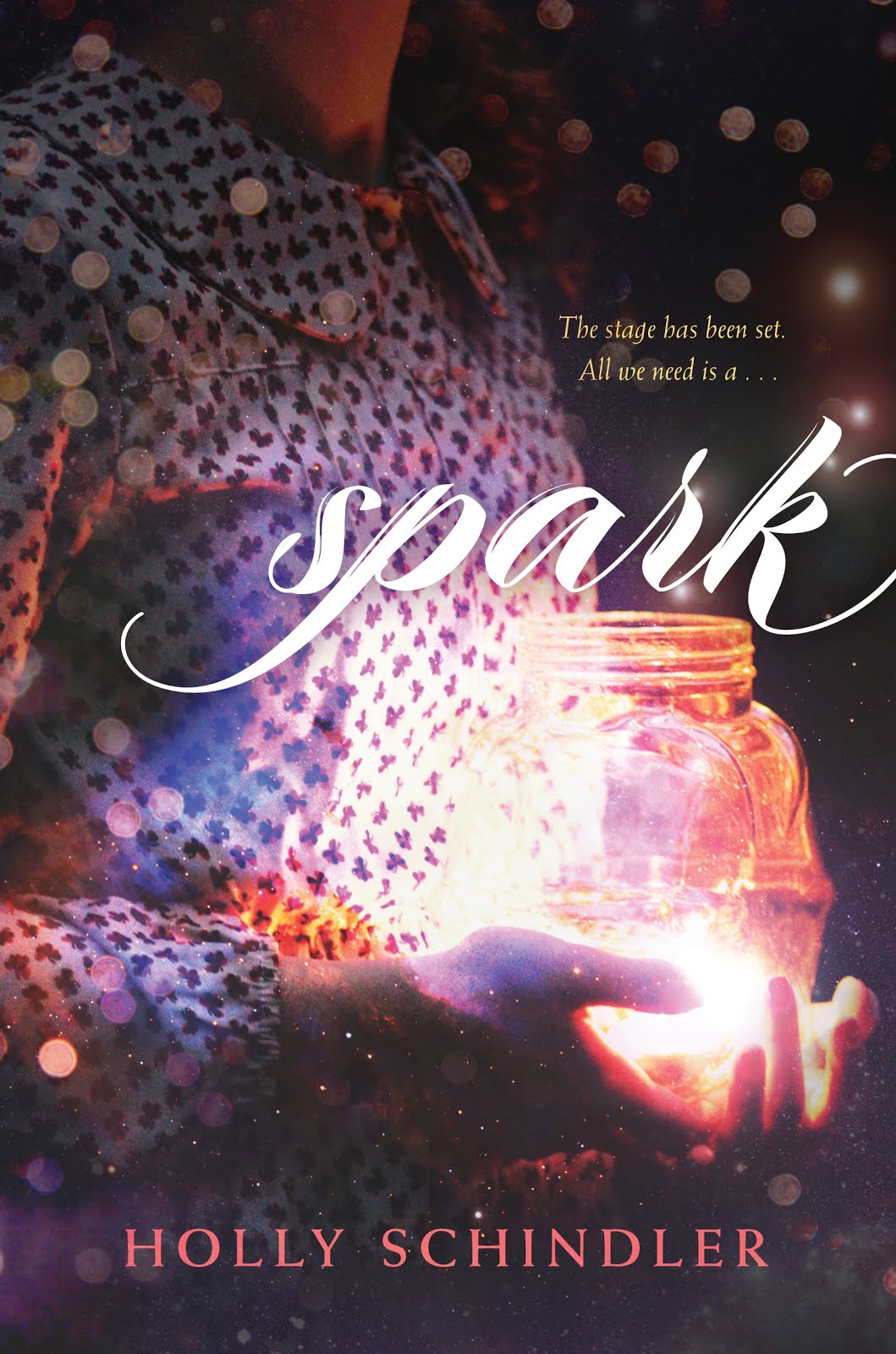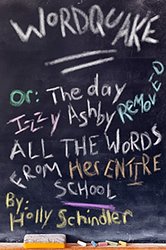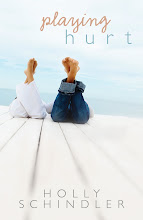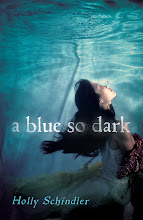Saturday, September 1, 2012
FRINGES
Brainstorming topics for this month’s theme at my YA group author blog (characters on the fringes), I instantly thought of a recent clip from CBS This Morning. In talking about her latest release, WHERE WE BELONG, Emily Giffin mentions returning to her journals to get in the right mindset to write a younger, teenaged character.
The results? She was shocked; her teen years were happy and stable, but as she says in the video below, her journals were still filled with angst:
Which makes me wonder—has there ever been a teen who hasn’t felt on the fringes for one reason or another? Don’t we all, as our own toughest critics, lug around our own lot of insecurities?
The MCs from both of my own published books are also definitely characters who feel on the fringes; in A BLUE SO DRAK, Aura feels outside the boundaries of “normal” life as she cares for her schizophrenic mother. In PLAYING HURT, Chelsea’s accident ends her basketball career, making her suddenly feel on the fringes with her former teammates.
Sure, there’s angst in my books, to use Giffin’s word. But there’s also, I’d argue, a sense of acceptance by the end of both novels. In BLUE, Aura is learning to accept both her family’s history of madness and her own creative impulses. In PLAYING HURT, Chelsea is finally accepting the end of her own playing days, while looking forward to a life returning to the game she loved in another capacity—her new dream, by the novel’s close, is to become a sports psychologist.
Maybe that’s a big part of moving from adolescence to adulthood: acceptance of oneself. Mistakes, flaws, warts and all. It’s being able to sing off-key in traffic and not caring that the windows are down. It’s finding a sense of humor about oneself. It’s that perspective Giffin mentions—it’s knowing I’m not perfect, but neither is everyone else. It’s knowing in some way or another, we’re all on the fringes.
The results? She was shocked; her teen years were happy and stable, but as she says in the video below, her journals were still filled with angst:
Which makes me wonder—has there ever been a teen who hasn’t felt on the fringes for one reason or another? Don’t we all, as our own toughest critics, lug around our own lot of insecurities?
The MCs from both of my own published books are also definitely characters who feel on the fringes; in A BLUE SO DRAK, Aura feels outside the boundaries of “normal” life as she cares for her schizophrenic mother. In PLAYING HURT, Chelsea’s accident ends her basketball career, making her suddenly feel on the fringes with her former teammates.
Sure, there’s angst in my books, to use Giffin’s word. But there’s also, I’d argue, a sense of acceptance by the end of both novels. In BLUE, Aura is learning to accept both her family’s history of madness and her own creative impulses. In PLAYING HURT, Chelsea is finally accepting the end of her own playing days, while looking forward to a life returning to the game she loved in another capacity—her new dream, by the novel’s close, is to become a sports psychologist.
Maybe that’s a big part of moving from adolescence to adulthood: acceptance of oneself. Mistakes, flaws, warts and all. It’s being able to sing off-key in traffic and not caring that the windows are down. It’s finding a sense of humor about oneself. It’s that perspective Giffin mentions—it’s knowing I’m not perfect, but neither is everyone else. It’s knowing in some way or another, we’re all on the fringes.
Subscribe to:
Post Comments (Atom)




































Maybe the fabric that makes up the human race consists of nothing BUT fringes. It's a one-inch-wide cloth, stretching out into infinity... Happy Labor Day weekend, from one fringie to another!
ReplyDeleteSo true!! Hope you had a fantastic Labor Day yourself--happy fall!
DeleteFringes are cool. Especially on skirts. ^_^
ReplyDelete;)
Delete